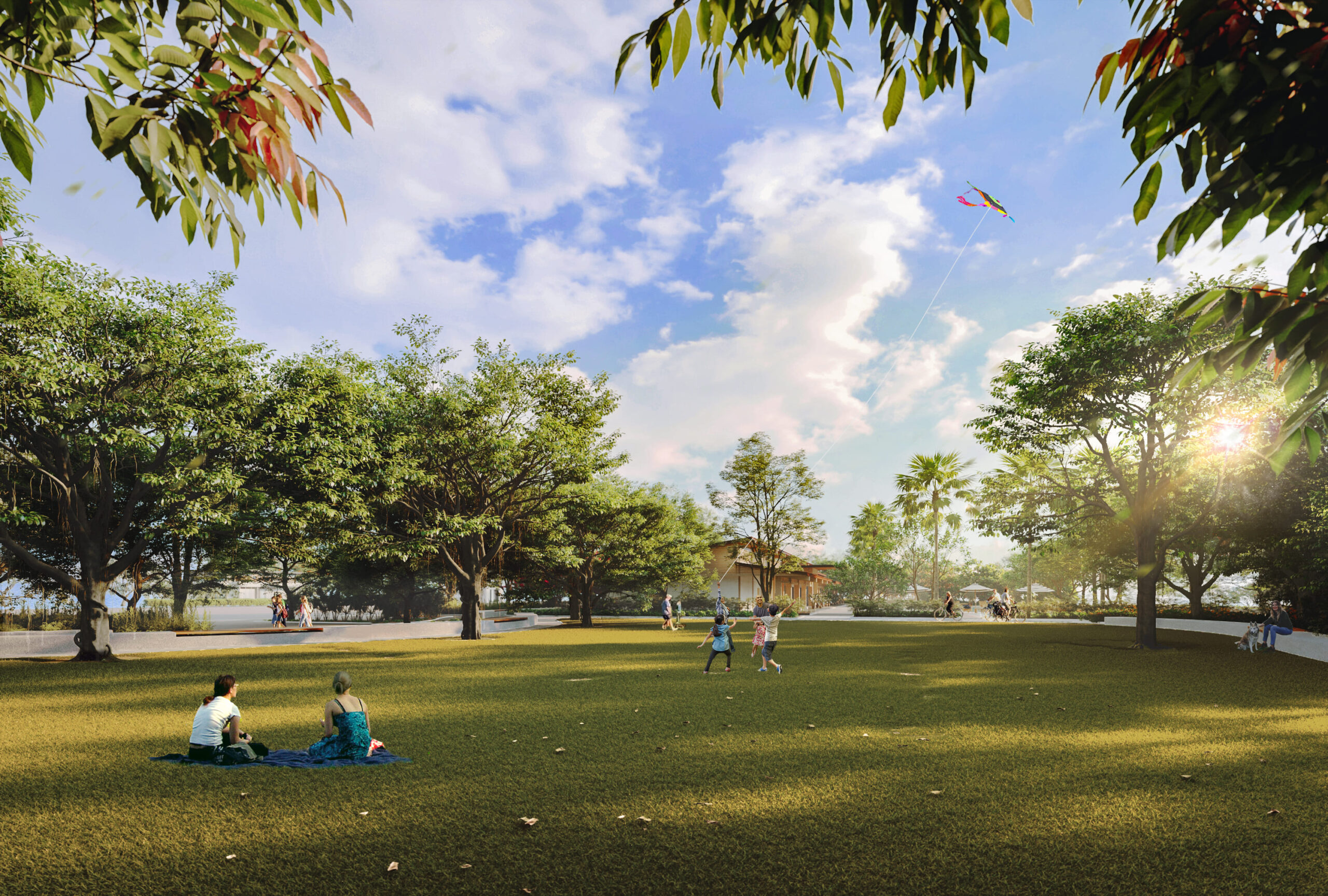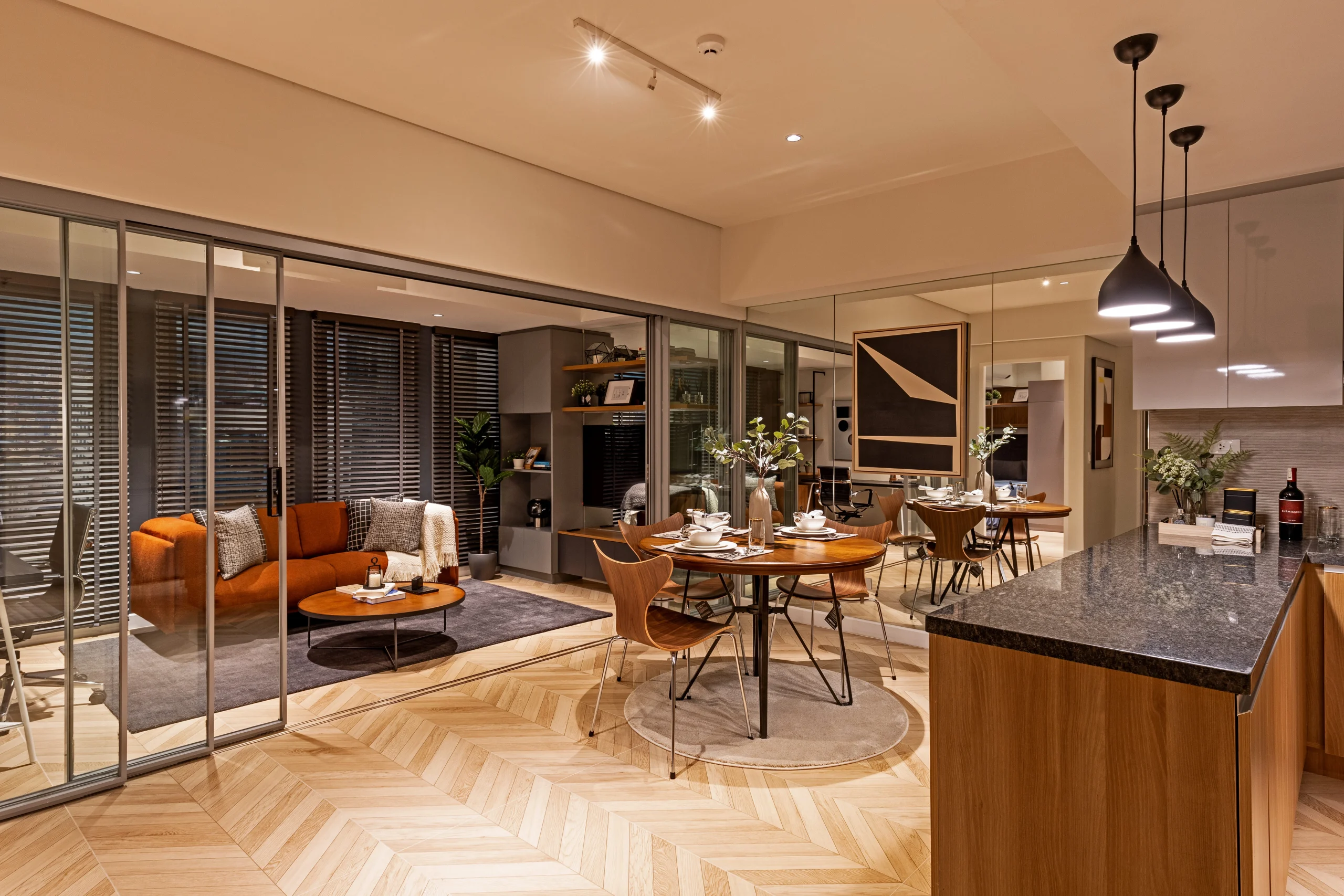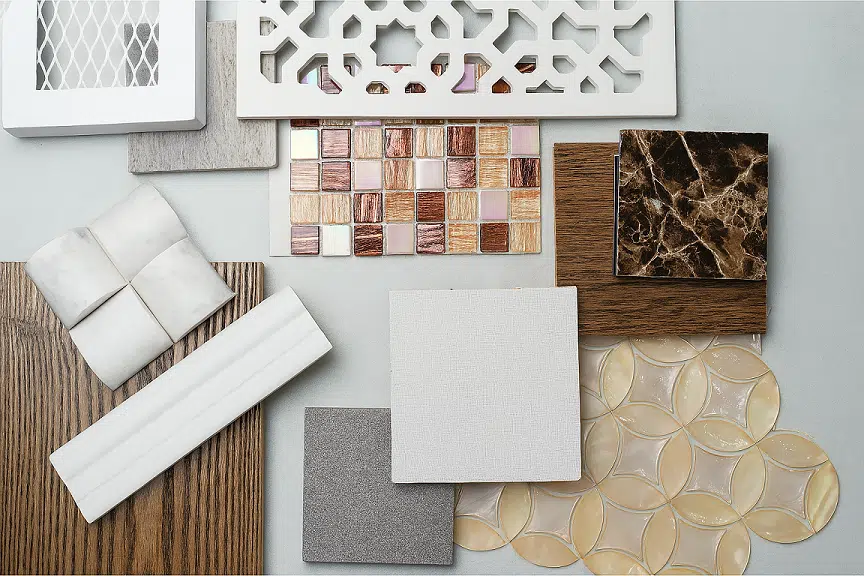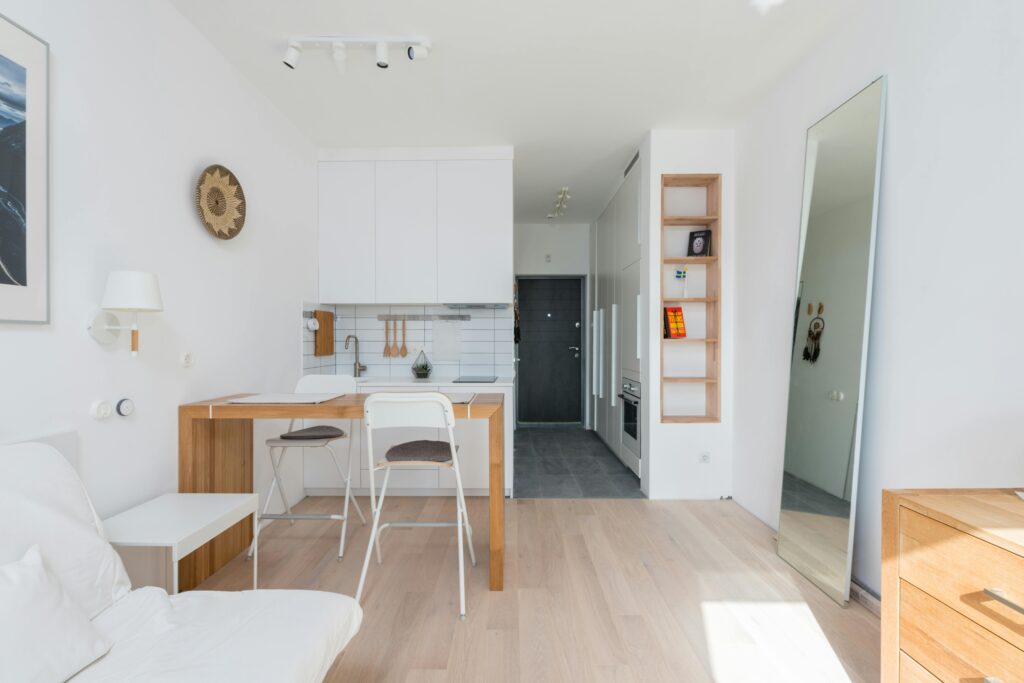The Blueprint of a Newborn Montessori Room: A Visual Guide for New Families
April 30, 2025

Your baby’s environment hugely shapes their early development. That said, instead of just providing a place to sleep, why not create a space that encourages curiosity and independence from day one? That’s the idea behind a Montessori nursery room—a space that promotes self-guided discovery in a safe and stimulating way.
Unlike conventional nurseries with passive entertainment, every element in a Montessori baby room supports movement, cognitive development, and early problem-solving skills.
This visual guide will break down the essential elements of the room, from floor beds to open shelves, to create an inviting space for your child’s growth. You’ll learn how a well-planned newborn Montessori room can set the foundation for a lifetime of learning.

What is a Montessori Nursery for Newborns?
A Montessori nursery is a carefully designed room that fosters independence, sensory development, and self-directed learning. The Montessori method inspired this concept, encouraging parents like you to make every room element promote growth, exploration, and early cognitive development.
Italian educator and physician Dr. Maria Montessori developed this child-centered philosophy in the early 1900s. She highlighted the importance of a “prepared environment”—a space where children can freely move and engage at their own pace.
For newborns, it means a quiet, safe space with low furniture, soft textures, natural materials, and gentle sensory elements. Unlike traditional nurseries with cribs and battery-operated toys, a Montessori nursery’s simple and functional setup allows babies to interact freely.
It helps infants develop hand-eye coordination, essential motor skills, and problem-solving abilities. This setup encourages confidence and a lifelong love for learning from the earliest stages of life.
Essential Principles to Keep in Mind When Designing a Montessori Room
Creating an environment that meets your baby’s natural development is one of the best things you can do for them. Here are the core principles to shape your newborn Montessori room and why they matter.
1. Fostering independence
A Montessori nursery encourages your baby to explore their surroundings freely. It allows them to move independently on a floor bed instead of cribs as they develop. Embracing independence early on helps children develop a resilient character and a capacity to solve problems creatively.
This mindset supports immediate learning and equips them with the skills to face future challenges with assurance and adaptability.
2. Prepared environment
Creating a well-organized space helps your baby feel secure and stay engaged. It reduces unnecessary distractions and allows your child to focus and learn.
Also, it supports emotional and mental development. A predictable and calming environment gives your baby a sense of stability as they explore and grow.
3. Sensory engagement
A Montessori nursery stimulates your child’s early brain development with soft natural fabrics, wooden toys, gentle lighting, and contrasting colors. Various sounds and textures also encourage curiosity without overwhelming them so they can develop their sensory processing abilities.
4. Child-led learning
When your child learns through curiosity, they develop a natural love for discovering new things. They form interests thanks to an environment where personal insights and questions drive educational progress.
Letting them explore at their own pace also helps them think flexibly and adapt. It makes learning easier and boosts their confidence to tackle bigger ideas independently.
5. Integration with daily living
The Montessori method encourages involving babies in your daily routines. They can participate in simple tasks, like watching you fold clothes and prepare meals. They can also touch different textures. This principle helps them develop a sense of order and belonging within the family space and supports their social and emotional growth.
Key Design Elements: Bringing the Montessori Principles to Life
A well-designed space is what turns Montessori principles into everyday experiences. Here are the essential elements for creating a nursery that supports your baby’s growth and independence.
1. Floor bed
The staple of any Montessori nursery is a floor bed, which builds your baby’s confidence and encourages them to learn to rest independently when ready. Instead of a traditional crib, this furniture gives your baby the freedom to explore and move around as they become more mobile. It also fosters a natural sleep cycle, so your child can explore their environment without barriers as soon as they wake up.
2. Floor mats
Soft floor mats can help your baby practice rolling, crawling, and exploring. They offer a cushioned area so your newborn can move freely without the restrictions of a traditional crib or high bed. Opt for non-toxic, natural materials that provide comfort and support as they develop their motor skills.
3. Open shelving
As your baby begins to reach and grab, open shelves make toys, books, and essentials easily accessible. They encourage independence and foster decision-making skills from an early age. Keep the shelves minimal and organized. You should also replace toys to maintain engagement and prevent overstimulation.
4. Sensory zones
Place soft elements like textured toys, contrasting colors, and natural scents in a specific area in your baby’s room to engage their senses. You can add hanging mobiles and tactile fabrics to support their brain growth and fine motor skills. This zone sparks curiosity and exploration and stimulates their cognitive and sensory development.
5. Natural light
Sunlight helps make your baby’s room feel warm and peaceful while supporting their sleep, leading to better rest and mood. That said, maximize big windows or mirrors to bring in more light and create a calming space.
6. Soft textures
Incorporate soft textures like stuffed animals and blankets throughout the room to encourage your kid’s tactile exploration. Babies use their sense of touch to learn about the world around them, and soft textures are soothing and comforting. Look for organic, breathable materials to promote safety and sustainability.
7. Low-hung artwork
Hang artwork at your baby’s eye level to encourage visual engagement without straining their neck. Consider using simple, high-contrast images like family photos, nature scenes from magazines, or postcards with bold patterns. You can also post artwork from other family members or old books.
8. Low-hung mirror
Allow your baby to see themselves with a long-hung mirror to create a sense of independence and self-awareness. As they reach out to explore their reflection, it offers endless opportunities for visual and motor development while fostering curiosity.
Craft a Nurturing Space for Growth and Independence
A Montessori baby room is more than about creating a beautiful space; it’s about setting up an environment that nurtures your newborn’s growth and independence. Each element encourages self-guided exploration and early learning.
Focus on prepared environments and sensory engagement to create a room that shapes your baby’s developmental journey. This thoughtfully designed space will inspire them to learn and grow independently.
If you want more ideas to enhance your family’s living space, check out Federal Land’s thoughtfully designed condos in Pasay near MOA. As one of the leading real estate developers in the Philippines, Federal Land is committed to making family-friendly amenities that make it easy to create the ideal home for you and your little one.
To learn more about child-friendly condo living, visit Federal Land today!
INQUIRE NOW
Let us know what you are looking for. Get updated portfolio delivered straight to your inbox.









